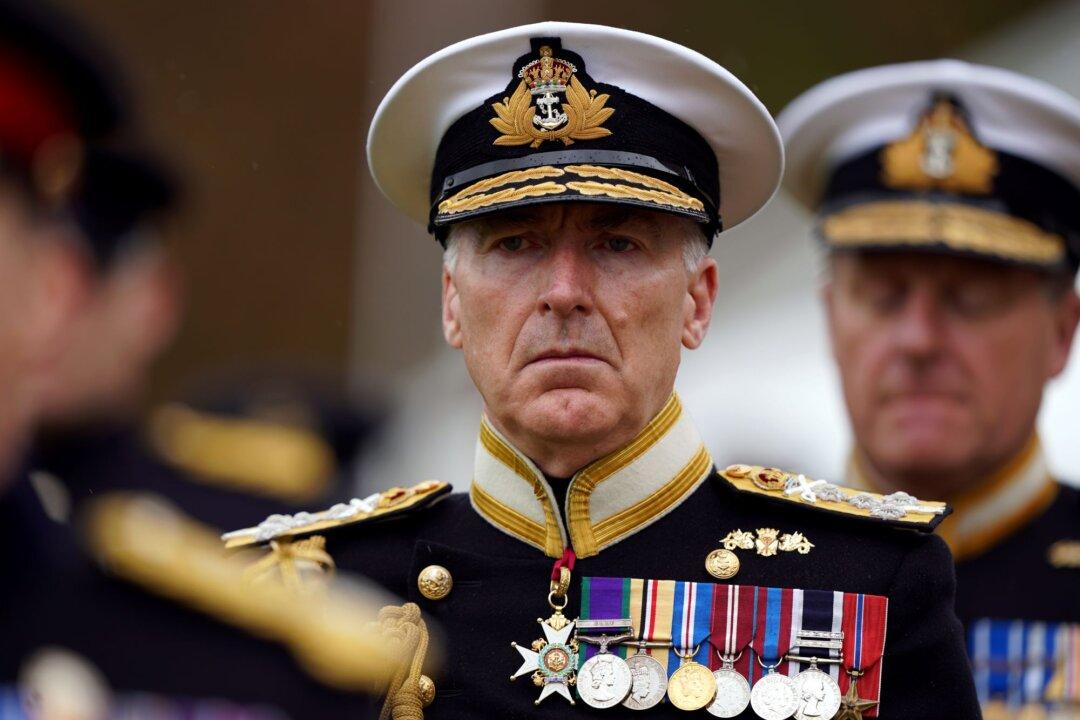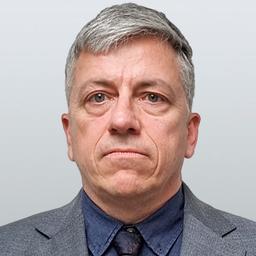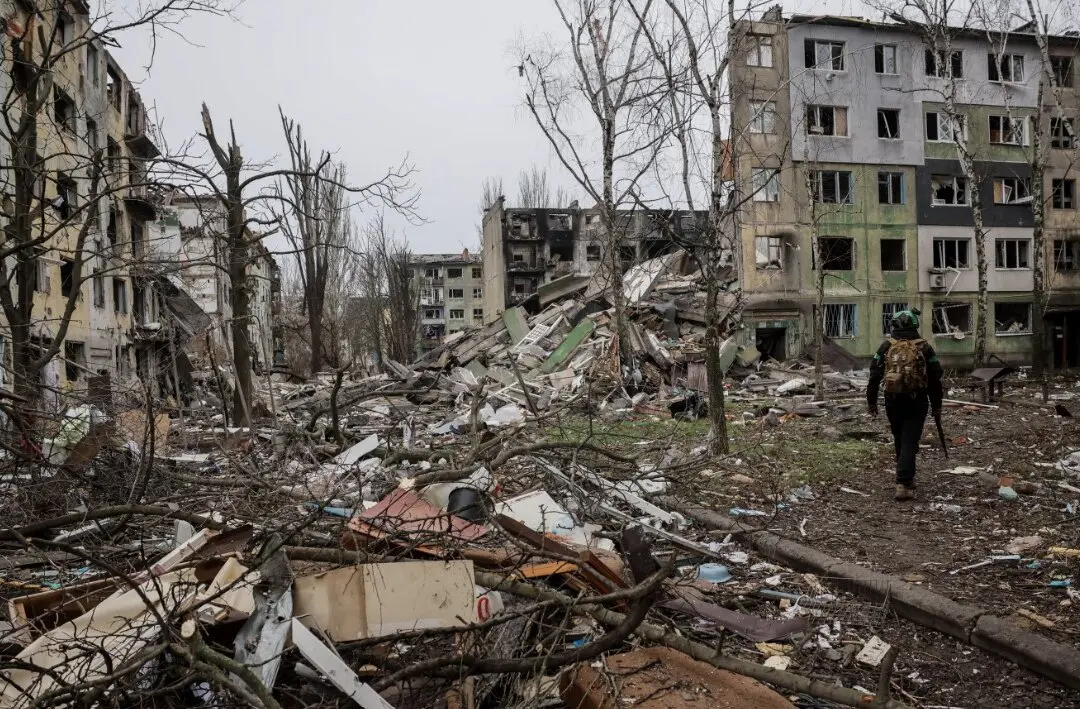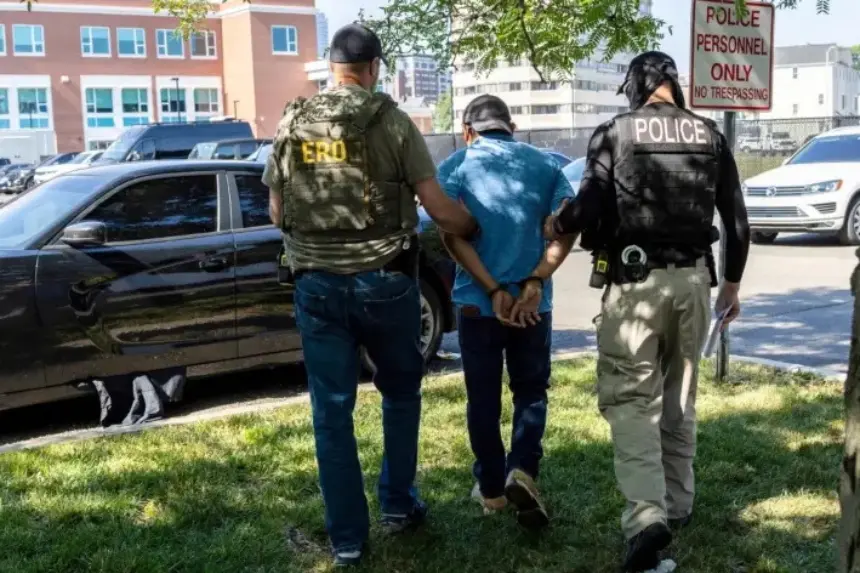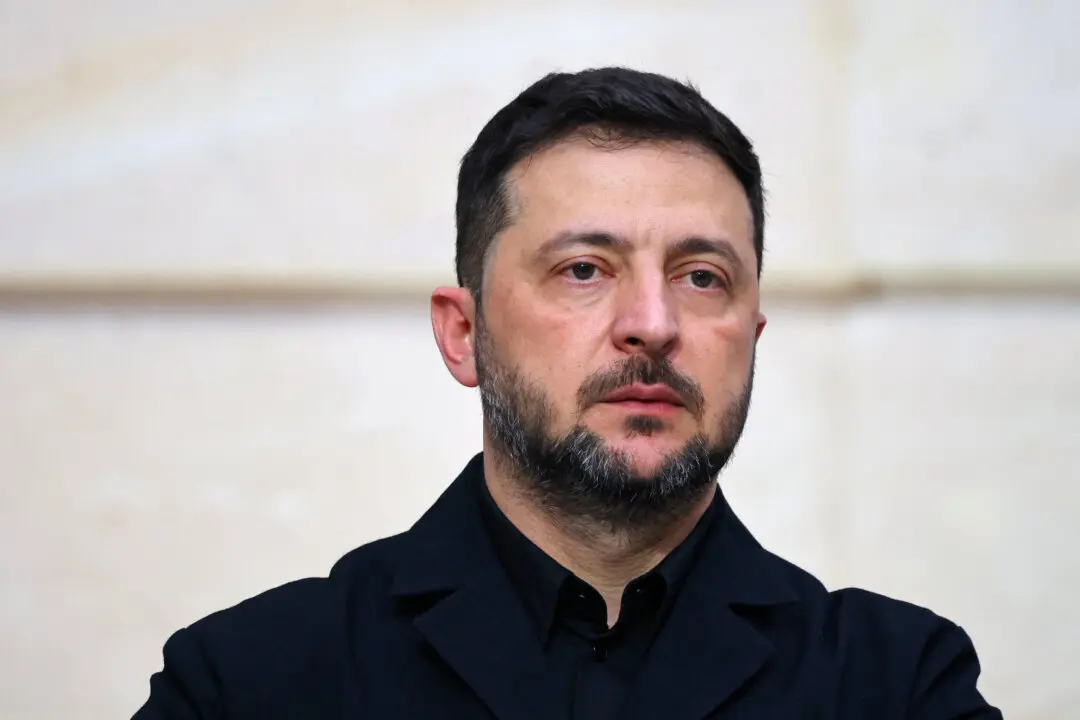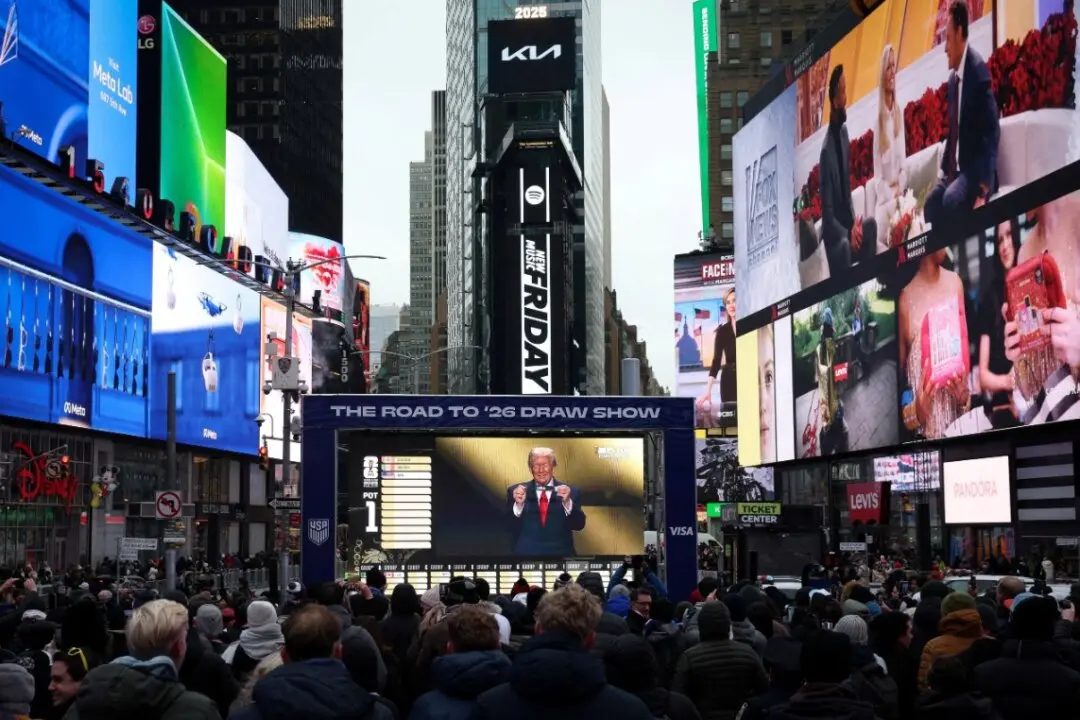The head of Britain’s armed forces has said the conflict in Ukraine has emphasised the need for the UK to equip itself with more drones, and he said he hoped to have up to 10,000 by 2030.
Speaking at the second day of the London Defence Conference at King’s College London (KCL), on Wednesday, Admiral Sir Tony Radakin, chief of the defence staff, said drones were now “ubiquitous” in modern warfare.
